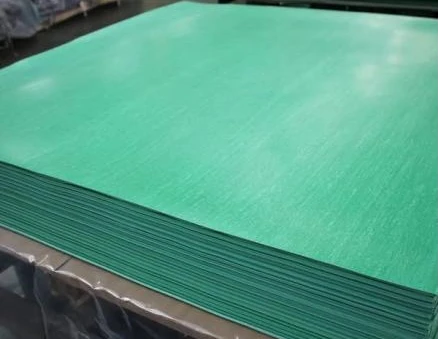Non-asbestos sheets have emerged as the sustainable solution for high-temperature industrial applications, combining safety with uncompromised performance. As global regulations tighten and industries prioritize worker health, these advanced materials are rapidly replacing traditional asbestos products while maintaining critical thermal and mechanical properties.

1.Key Properties Include:
High-Temperature Resistance – Withstands up to 1000°C+ (depending on composition)
Chemical & Corrosion Resistance – Ideal for harsh industrial environments
Flexibility & Strength – Maintains structural integrity under stress
Non-Carcinogenic – Safe for workers and compliant with global regulations
Eco-Friendly Options – Some variants use recycled or biodegradable fibers
2.Applications Across Industries
Non-asbestos sheets are used in sectors where heat, pressure, and chemical exposure demand reliable sealing and insulation:
Automotive & Aerospace – Gaskets, exhaust insulation, and fireproof barriers
Oil & Gas – Pipeline gaskets, refinery insulation, and chemical tank linings
Power Generation – Boiler seals, turbine insulation, and electrical panel protection
Construction – Fireproofing, HVAC duct insulation, and acoustic dampening
Food & Pharma – FDA-compliant seals for processing equipment
3. Customization & Manufacturing Options
Modern non-asbestos sheets come in various forms:
Thickness: 1mm to 50mm+
Composition: Ceramic fiber, glass fiber, PTFE, or hybrid blends
Formats: Rolls, pre-cut gaskets, molded parts
Surface Treatments: Anti-stick coatings, reinforced edges
4.Technological Advancements Redefining Performance
Multi-Layer Composite Sheets
Ceramic fiber cores (withstand up to 1600°C)
Reinforced aramid surfaces (50% greater tensile strength than asbestos)
Eco-friendly binders (zero VOC emissions)
5.Smart Sheet Technology
Recent innovations incorporate:
IoT-enabled wear sensors for predictive maintenance
Self-healing surface treatments that seal micro-cracks automatically
Thermochromic indicators that visually alert to overheating risks
Global Adoption Patterns
6.Future Developments
The next generation of non-asbestos sheets will feature:
Bio-based nanomaterials from agricultural waste
Phase-change materials for dynamic thermal regulation
Recyclable designs supporting circular economy goals
Conclusion
Non-asbestos sheets represent not just a safer alternative, but a superior technological solution for modern industry. As material science advances, these products are setting new standards for performance while protecting worker health and meeting sustainability targets.
If you would like to find out more about non-asbestos sheets or to purchase other products, please contact us at sales@weitengroup.com, wwww.weitengroup.com.